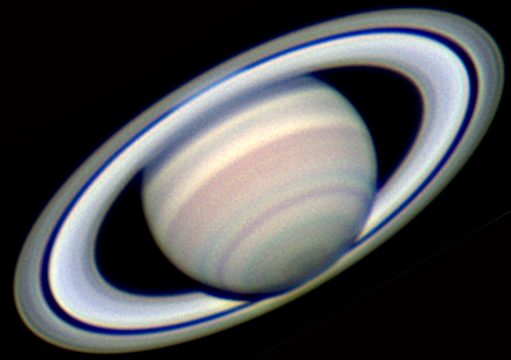2022-01-28 HH222 (slightly south of the M42 Nebula in Orion) Imaging of the Herbig-Haro object, which was the subject of research by astronomers, was the subject of research with the telescope of the observatory, but with the development of imaging technology, it has become possible with amateur telescopes and is taking on the challenge. Especially in the vicinity of NGC 1999, many HH objects have been discovered and it is possible except for small ones. HH-222, commonly known as the Waterfall Nebula. It is about 1,500 light-years from Earth. Normally, infrared light will give a better image, but since it is a slightly dark object, the total exposure will be longer.

